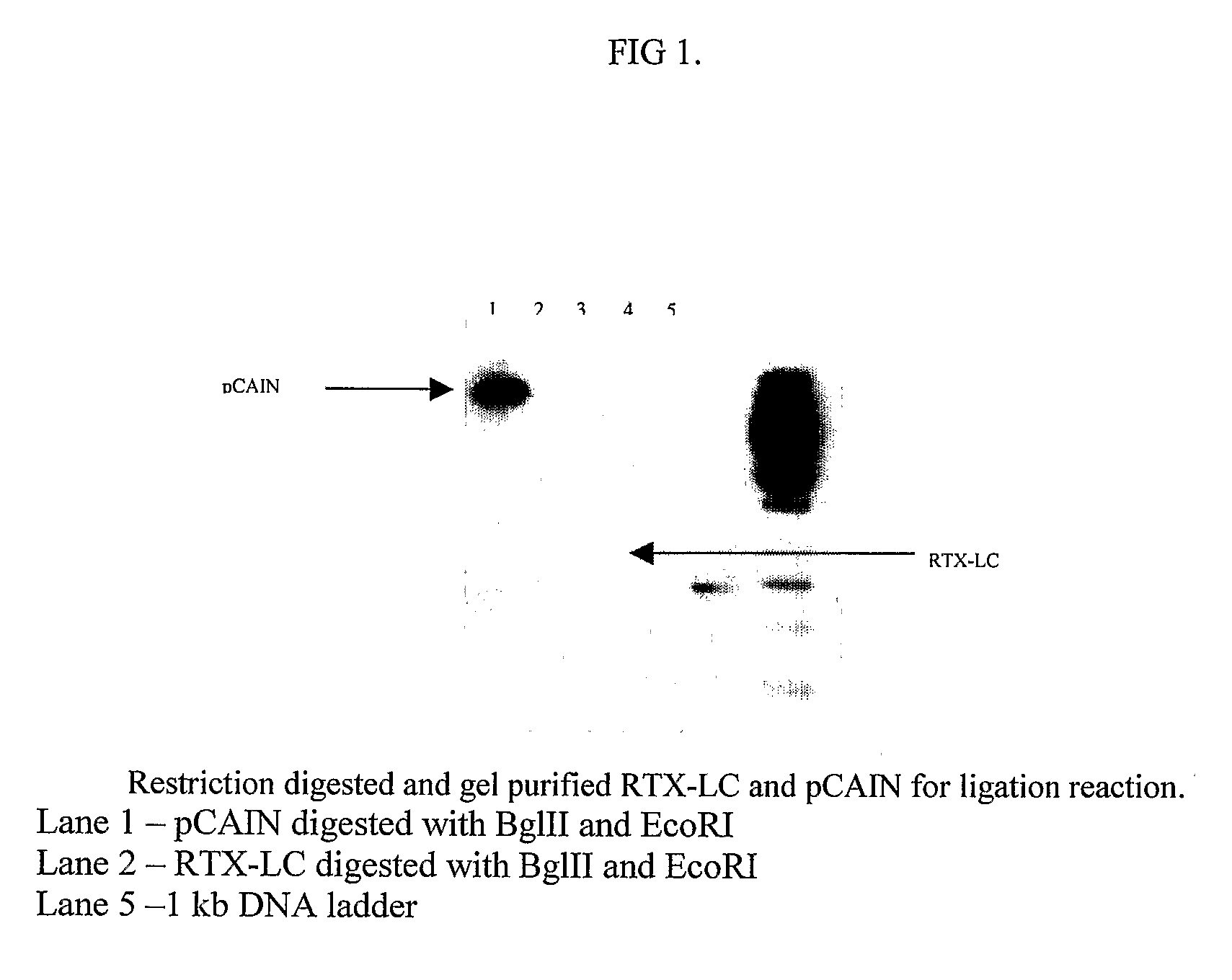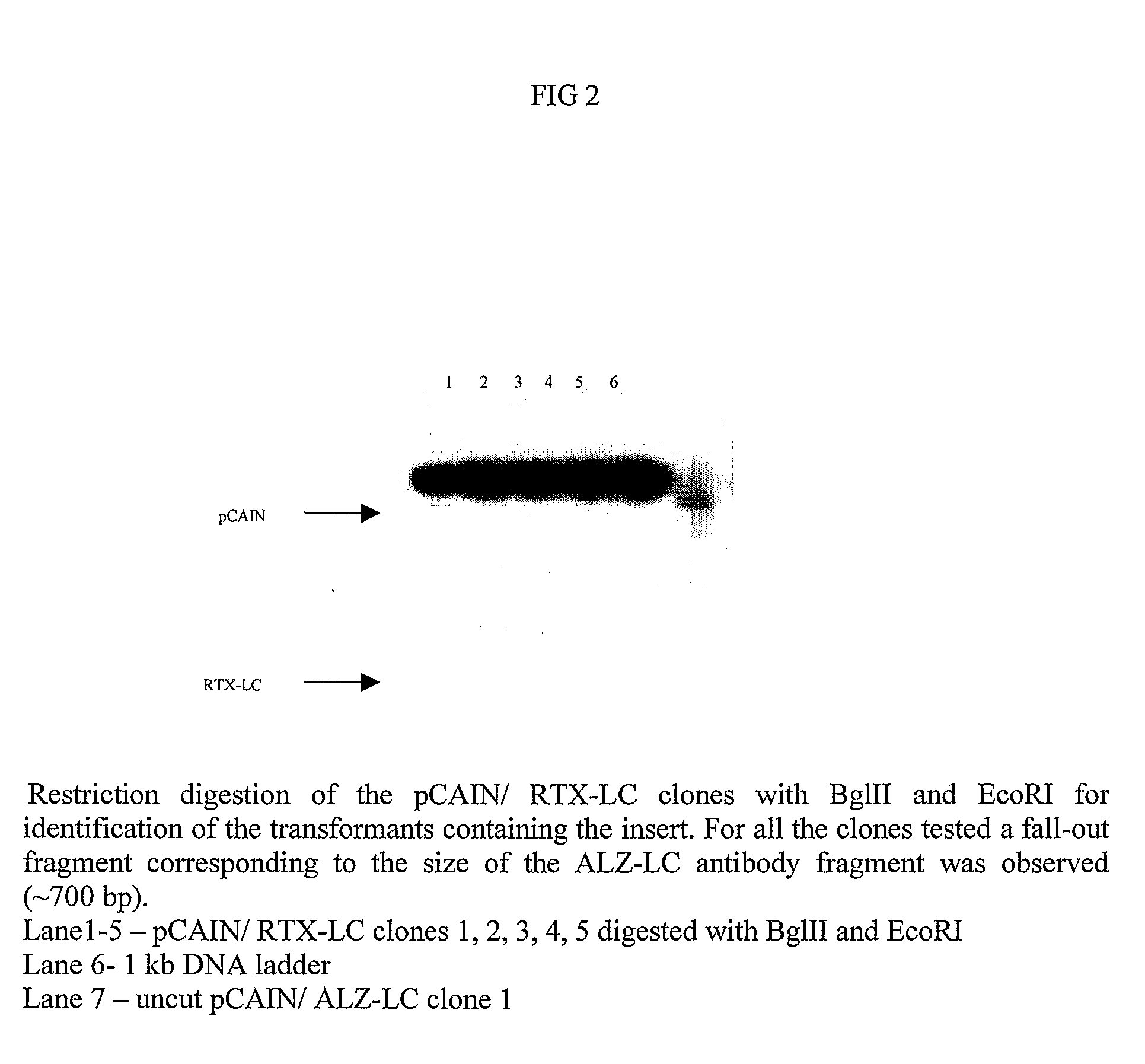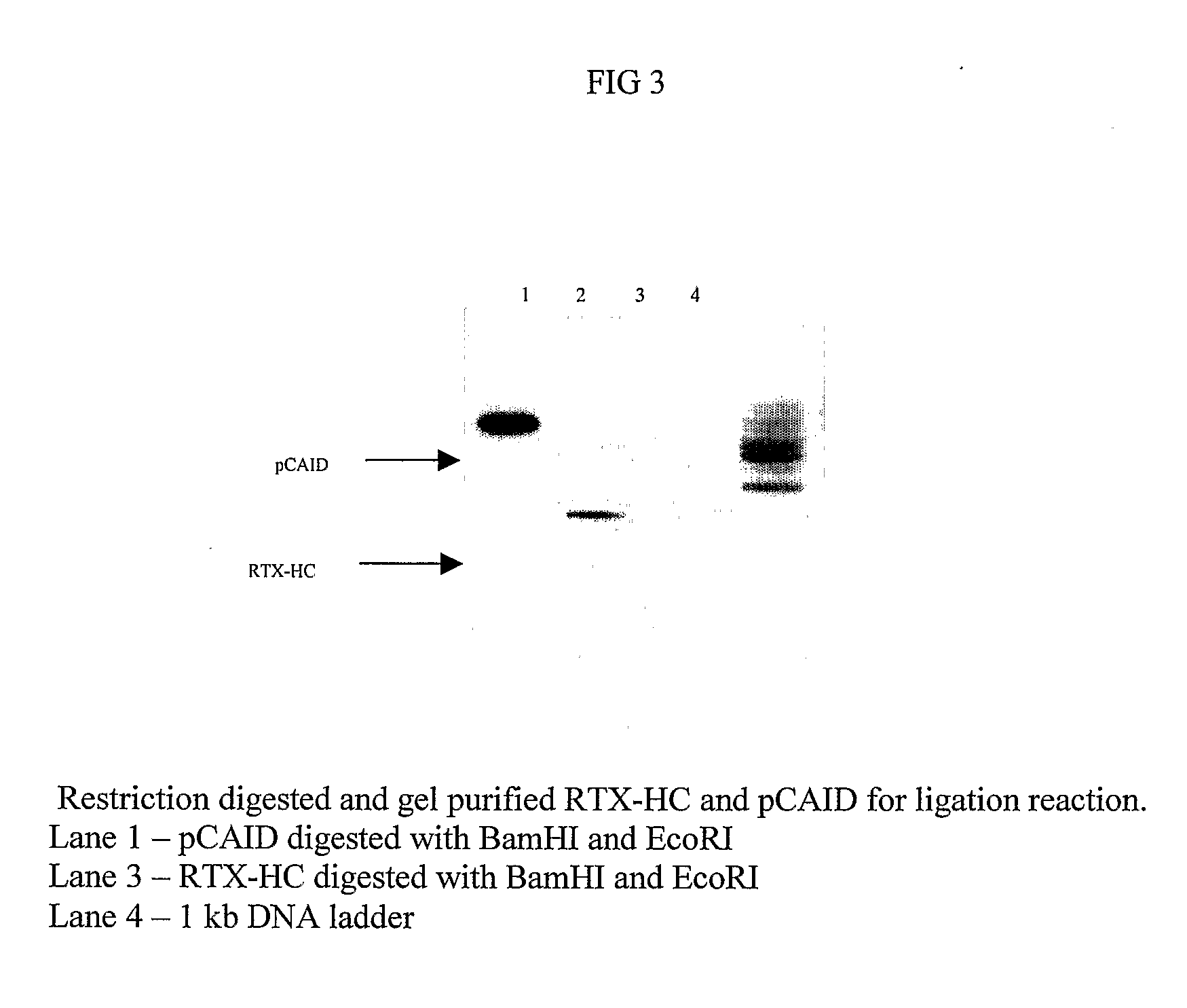Method for the Production of a Monoclonal Antibody to CD20 for the Treatment of B-Cell Lymphoma
a monoclonal antibody and lymphoma technology, applied in the direction of antibody medical ingredients, drug compositions, peptides, etc., can solve the problems of unsuitable commercial scale production, unstable cell lines, and inability to secrete human antibodies
- Summary
- Abstract
- Description
- Claims
- Application Information
AI Technical Summary
Problems solved by technology
Method used
Image
Examples
Embodiment Construction
[0011]The anti-CD20 antibody is a mouse-human chimeric antibody. It is comprised of two chains—1) the light chain which is made up of the variable domain derived form the light chain of the mouse monoclonal antibody 2B8 and the human kappa constant domain and 2) the heavy chain which is made of the variable domain of the heavy chain of the mouse monoclonal antibody 2B8 and the human IgG1 constant domain. The antibody sequence is delineated in the patent WO 94 / 11026.
[0012]A de novo approach has been followed in terms of synthesis of the coding regions of cDNA-construct because the hybridoma 2B8 that secretes the anti-CD20 mouse monoclonal antibody is not available in the public domain. De novo gene synthesis would also enable codon optimization with respect to the particular mammalian cell line to be used for protein expression.
[0013]The nucleotide sequence encoding the light chain of the anti-CD20 antibody has been represented in SEQ ID 1.
[0014]The Codon-optimized version of the nuc...
PUM
| Property | Measurement | Unit |
|---|---|---|
| Length | aaaaa | aaaaa |
Abstract
Description
Claims
Application Information
 Login to View More
Login to View More - R&D
- Intellectual Property
- Life Sciences
- Materials
- Tech Scout
- Unparalleled Data Quality
- Higher Quality Content
- 60% Fewer Hallucinations
Browse by: Latest US Patents, China's latest patents, Technical Efficacy Thesaurus, Application Domain, Technology Topic, Popular Technical Reports.
© 2025 PatSnap. All rights reserved.Legal|Privacy policy|Modern Slavery Act Transparency Statement|Sitemap|About US| Contact US: help@patsnap.com



